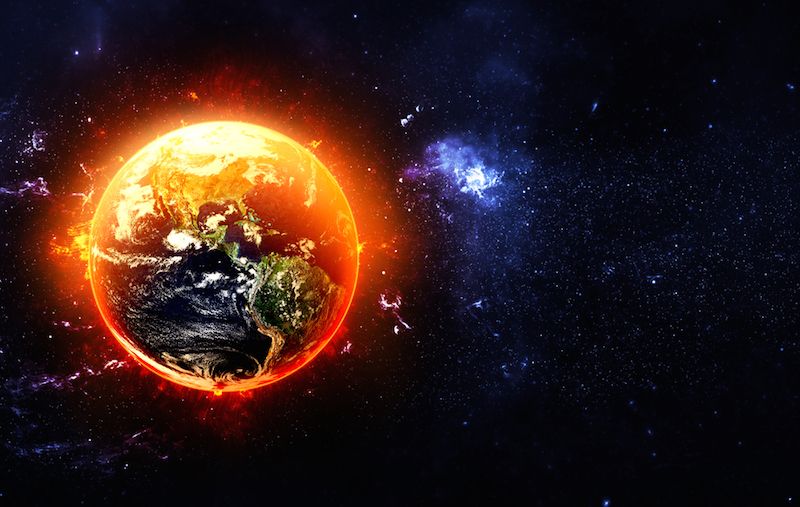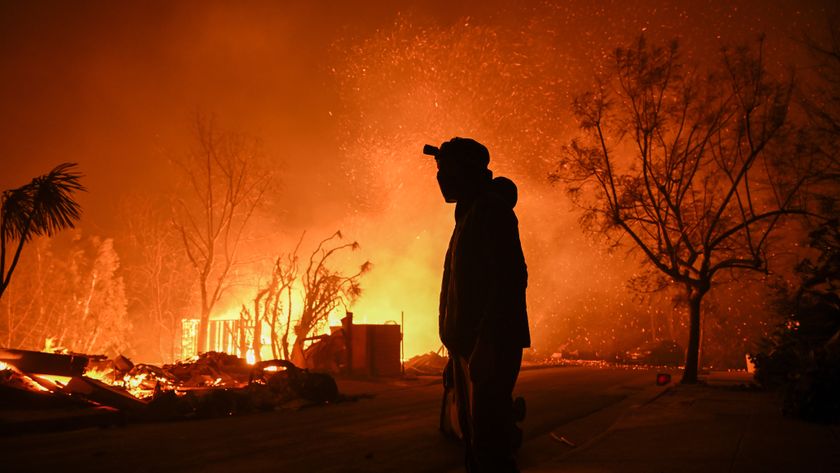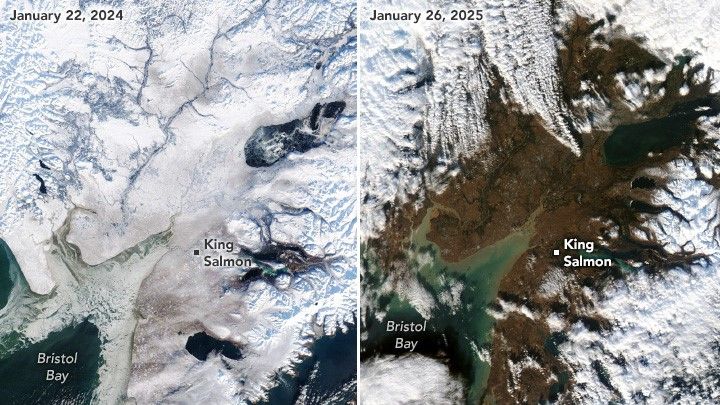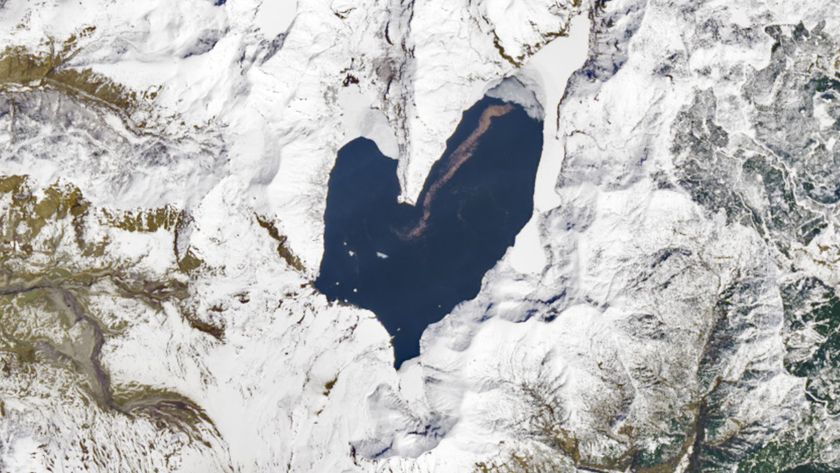2017 Is Slated to Be in Top 3 Hottest Years of All Time

The year isn't over yet, but 2017 is already expected to be the second- or third-hottest year on record, the World Meteorological Organization (WMO) announced today (Nov. 6) at the United Nations climate change conference in Bonn, Germany.
From January to September 2017, the average global temperature was 1.98 degrees Fahrenheit (1.1 degrees Celsius) above preindustrial levels, according to the WMO, which is an agency within the United Nations.
Last year's powerful El Niño, the warm phase of a recurring climate system across the tropical Pacific, basically guarantees that 2016 will remain the warmest year on record for the time being. But it's still unclear whether 2017 or 2015 will be the second-hottest year on record, the WMO said. [The Year in Climate Change: 2016's Most Depressing Stories]
Whatever place 2017 gets, the five-year period of 2013 to 2017 is expected to be the warmest five-year period on record, the WMO reported. This finding is based on five independently maintained global temperature data sets, the agency said.
"The scientific evidence supporting human-caused global warming is overwhelming," Don Clifton, a senior lecturer in the School of Management at the University of South Australia, said in a statement. "Yet, progress to address the problem is still hampered by ideology over evidence, political inaction and the self-interest of powerful players in industries that are key drivers of our impact on the climate."
In addition to high temperatures, 2017 also had its fair share of catastrophic events, including hurricanes, floods, heat waves and droughts, the WMO reported. Climate change can make weather events more extreme than they would be otherwise, Live Science reported previously.
Moreover, long-term indicators show that human-caused climate change isn't going away; as carbon dioxide concentrations continue to increase, sea levels are rising and ocean acidification is getting worse, the WMO said. Arctic sea-ice coverage is below average, and the extent of Antarctic sea ice, which was previously stable, is at a near-record low.
Sign up for the Live Science daily newsletter now
Get the world’s most fascinating discoveries delivered straight to your inbox.
"We have witnessed extraordinary weather, including temperatures topping 50 degrees Celsius [122 degrees F] in Asia, record-breaking hurricanes in rapid succession in the Caribbean and Atlantic reaching as far as Ireland, devastating monsoon flooding affecting many millions of people and a relentless drought in East Africa," WMO Secretary-General Petteri Taalas said in the statement.
In its findings released today, the WMO announced:
- January to September was the wettest on record for the lower 48 states in the United States.
- The area burned by fires in the contiguous United States from January to October was 46 percent above the 2007 to 2016 average.
- Parts of southern Europe, including Italy, North Africa, parts of east and southern Africa and the Asian part of the Russian Federation broke records for hot weather, and China was equally hot. However, the northwestern United States and western Canada were cooler than the 1981 to 2010 average.
- The five-year average of 2013 to 2017 is about 0.72 degrees F (0.4 degrees C) warmer than the 1981 to 2010 average, and about 1.8 degrees F (1.03 degrees C) above the preindustrial period. [Top 10 Ways to Destroy Earth]
- California had its hottest summer on record, and extreme heat impacted other western states. This culminated in a major heat wave from the end of August to early September, which included a record-high temperature of 105.98 degrees F (41.1 degrees C) in San Francisco.
The WMO's findings are "alarming, but not unexpected," Liz Hanna, an honorary senior fellow at the Climate Change Institute at the Australian National University, said in the statement."Global atmospheric carbon dioxide levels are now 46 percent higher than pre-industrial levels."
Original article on Live Science.

Laura is the archaeology and Life's Little Mysteries editor at Live Science. She also reports on general science, including paleontology. Her work has appeared in The New York Times, Scholastic, Popular Science and Spectrum, a site on autism research. She has won multiple awards from the Society of Professional Journalists and the Washington Newspaper Publishers Association for her reporting at a weekly newspaper near Seattle. Laura holds a bachelor's degree in English literature and psychology from Washington University in St. Louis and a master's degree in science writing from NYU.


